By John A. Charles, Jr.
February marked the nine-year anniversary of the Westside Express Service (WES), the 14.7-mile commuter rail line that runs from Wilsonville to Beaverton. Sadly, there was little to celebrate.
In the first few years of operation, ridership grew and it was at least plausible that WES eventually could become a productive transit line. However, average daily ridership peaked in 2014 at 1,964 daily boardings, then dropped in each successive year. During fiscal year 2018, WES ridership has averaged only 1,668 daily boardings.
A central problem is that WES never had a clear mission; it was always a project in search of a purpose. At various times the train was promoted as: (1) a congestion relief tool for Highway 217; (2) a catalyst for so-called “Transit-Oriented Development;” or (3) a way of providing “another option” for travelers. None of these arguments make sense.
During legislative hearings in Salem, representatives from Washington County claimed that WES would take 5,000 motor vehicles per day off of nearby highways. But WES is not even capable of doing that because it only runs eight times (each direction) in the morning, and eight more times in the afternoon. Unlike traditional commuter trains pulling eight or nine passenger cars, WES travels only in one-car or two-car configurations. The train stations themselves are so short that even if TriMet started running eight-car trains, most passengers would have no way to get on or off.
During its best hours of performance, the total number of passengers traveling on WES is less than 0.5% the number of motorists traveling on Highway 217/I-5 at those same hours, so there has been no congestion relief.
Moreover, WES crosses more than 18 east-west suburban arterials four times each hour. On busy commuter routes, such as Highway 10 or Scholls Ferry Road, each train crossing delays dozens of vehicles for 40 seconds or more. Since the train itself typically only carries 50-60 passengers per run, this means that WES actually has made Washington County congestion worse than it was before the train opened.
WES has not been a catalyst for “transit-oriented development” and never will be because the train stations are a nuisance, not an amenity. The noise associated with train arrivals was always underestimated and is not likely to induce new residential construction.
As for the hope that WES would provide “another transit option,” there were already two TriMet bus lines providing over 4,000 boardings per day in parallel routes prior to the opening of WES. Commuter rail simply replaced inexpensive bus service with a massively subsidized train.
Several key statistics summarize the problems with the train:
- WES was originally projected to cost $65 million and open in 2000. It actually cost $161.2 million and opened in 2009.
- TriMet projected an average daily ridership of 2,500 weekday boardings in the first year; actual weekday ridership was 1,156. It grew over time to 1,964 in 2014, but dropped to 1,771 in 2016 and 1,668 in 2018. Since each rider typically boards twice daily, only about 850 people actually use WES regularly.
- The WES operating cost/ride is roughly five times the cost of average TriMet bus service.
Ridership and Cost Trends for WES
2009-2018
(inflation adjusted, 2015 $)
| 2009 | 2010 | 2011 | 2012 | 2014 | 2016 | 2018 | % Change since 2014 | |
| Avg. daily boardings | 1,156 | 1,313 | 1,571 | 1,700 | 1,964 | 1,810 | 1,668 | -15% |
| Operating cost per ride | $27.41 | $24.46 | $20.43 | $18.39 | $15.85 | $13.55 | $16.73 | +6% |
| Cost/
train-mile |
$54.70 | $54.12 | $53.30 | $53.79 | $51.12 | $53.82 | $60.56 | +18% |
| Cost/
train hour |
$1,180 | $1,166 | $1,171 | $1,180 | $1,109 | $1,178 | $1,307 | +18% |
| Average subsidy/ride | $26.18 | $23.00 | $19.01 | $17.64 | $14.36 | $12.07 | $15.30 | +7% |
In June 2016 TriMet staff persuaded the Board to approve the purchase of two used rail cars to expand the WES fleet. The estimated cost for the purchase was $1.5 million, plus $500,000 more for retrofitting.
TriMet claimed that this purchase was necessary to satisfy the “expected demands for growing WES service.” That demand was a fantasy.
WES is destined to be a one-hit wonder―an expensive monument to the egos of TriMet leaders and Westside politicians. Taxpayers would be better served if we simply canceled WES, repaid grant funds to the federal government, and moved the few commuter rail customers back to buses.
John A. Charles, Jr. is President and CEO of Cascade Policy Institute, Oregon’s free market public policy research organization.
Click here for the PDF version:
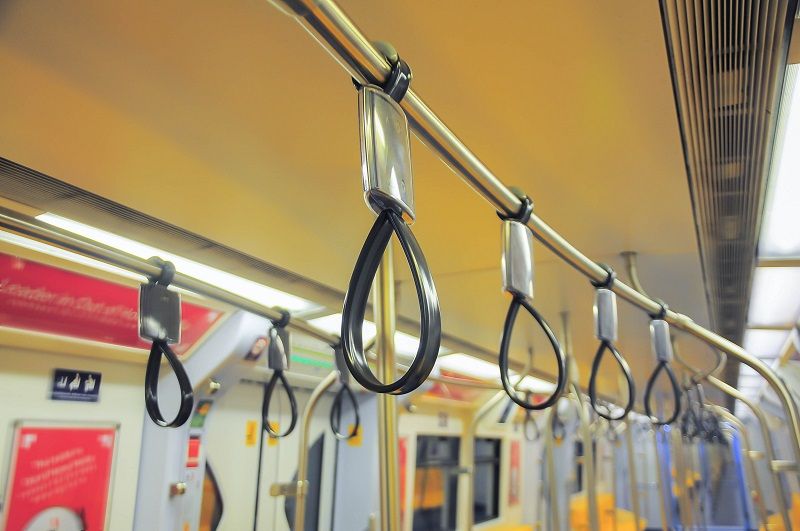

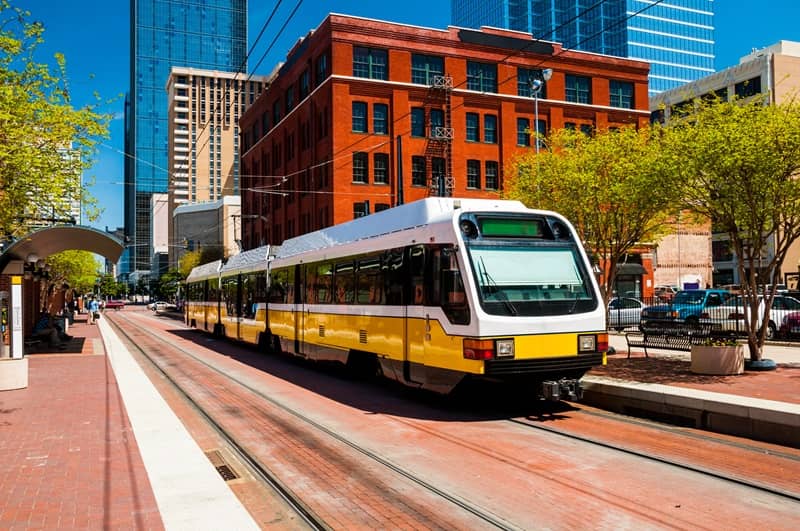
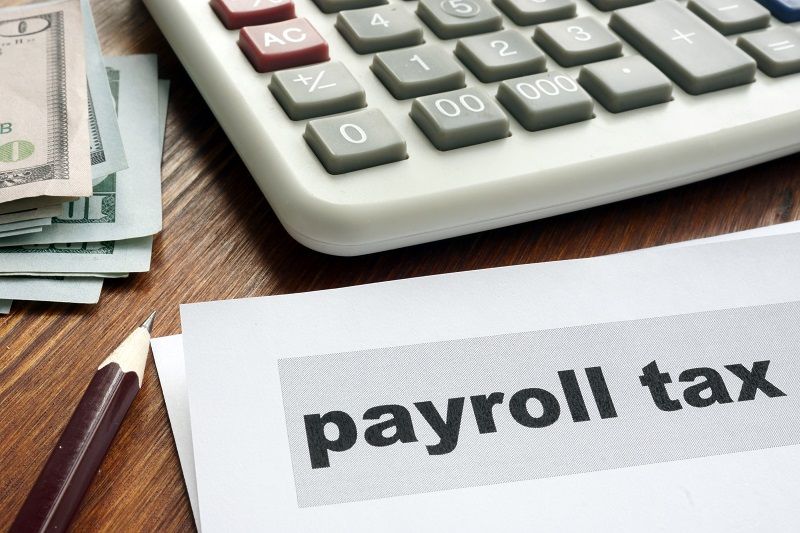
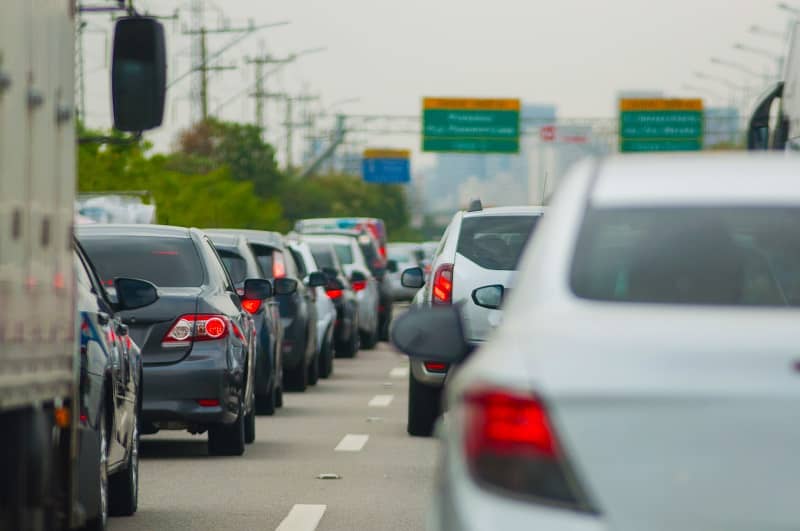
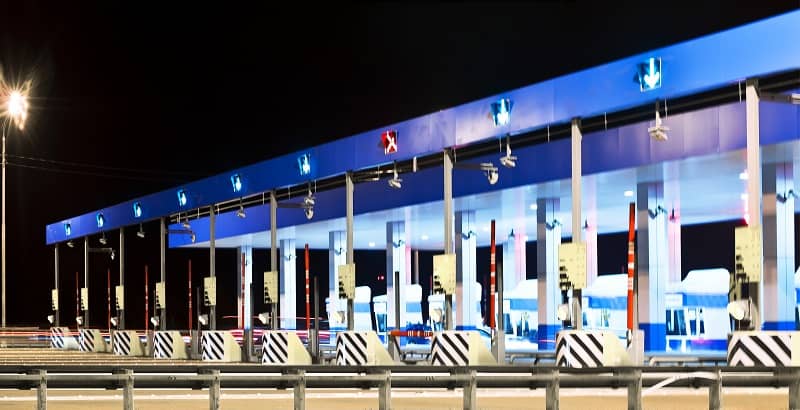
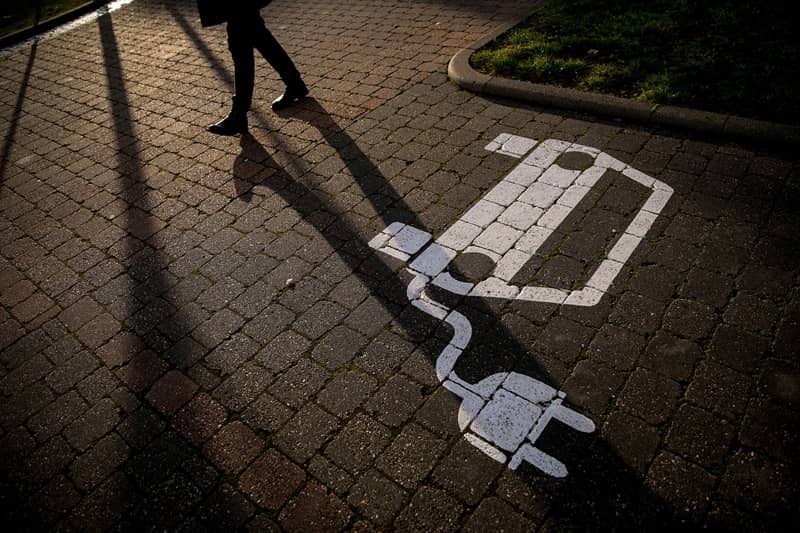
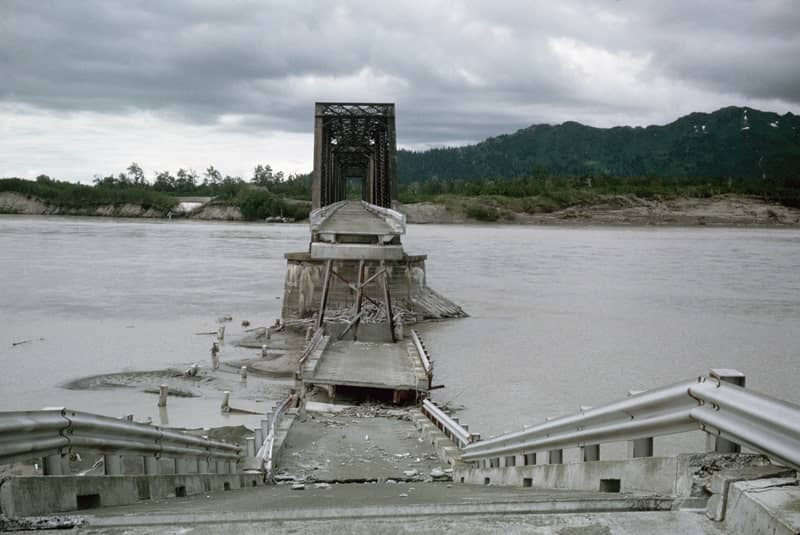
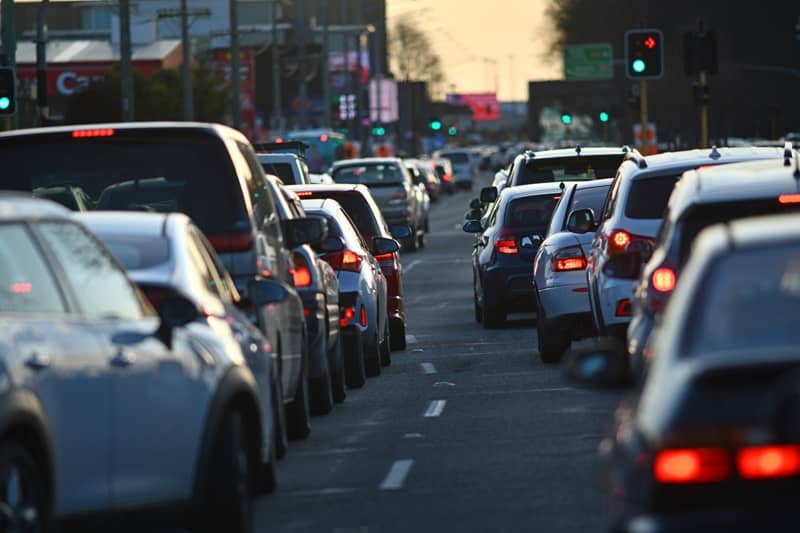
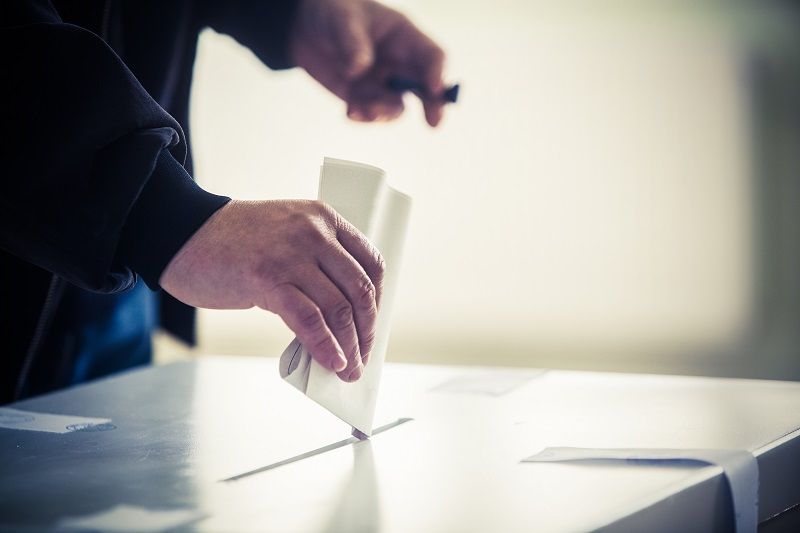
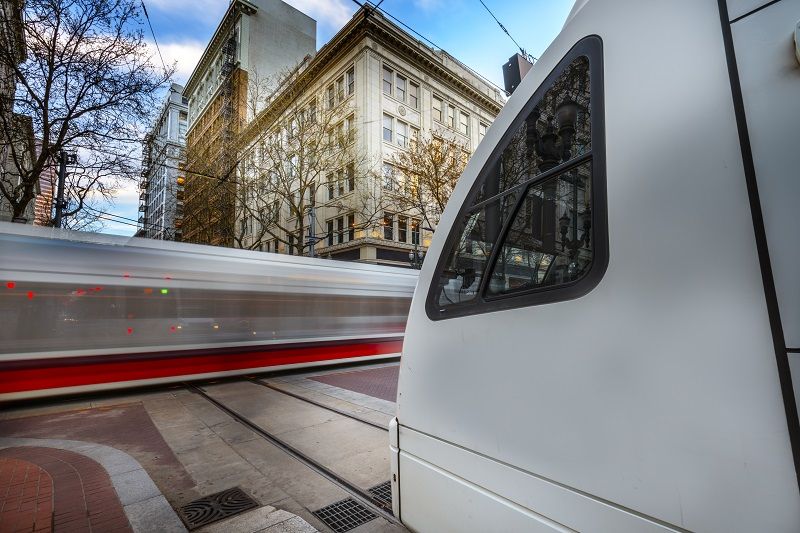

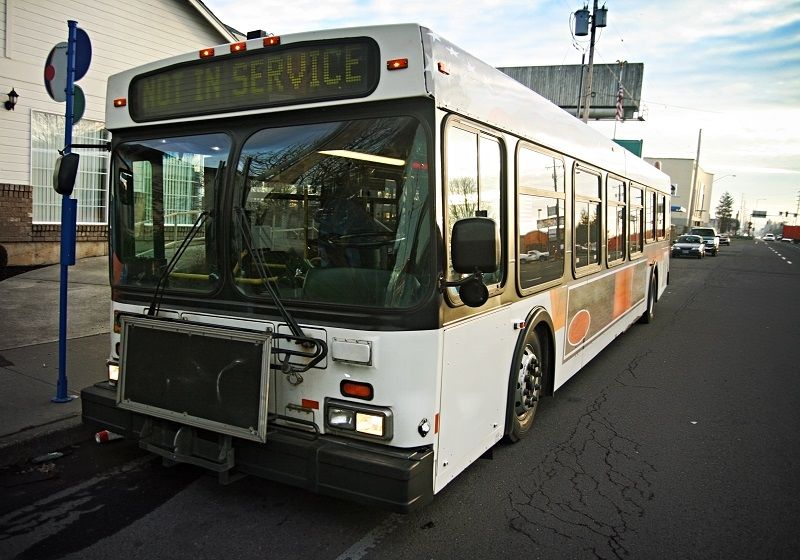
Thursday’s Show – The Jayne Carroll Show
[…] During the ‘Oregon Hour’, John Charles of Cascade Policy Institute discusses the sale of Wapato Jail and Multnomah County’s unwillingness to consider the 18-acre property as a homeless shelter, and the woes of WES. […]
Esther
I live in Wilsonville and take the WES when I can. I would take it several times a week if it ran midday. It take at least a half an hour of my commute everytime. I lives in Wilsonville for more than a year before I learned about the WES trains. I regularly run into long term residence that don’t know of its existence. It’s my opinion that getting the word out that it’s available and adding some midday runs would improve its use.